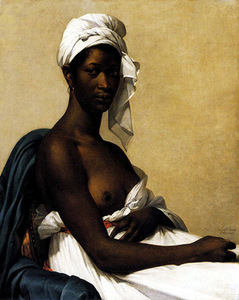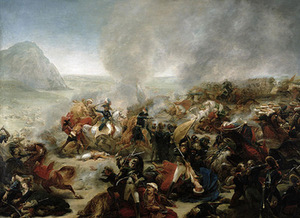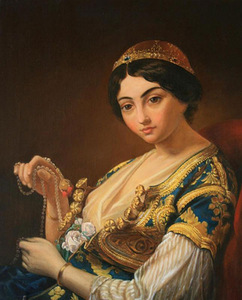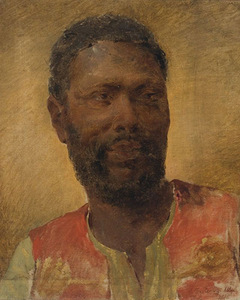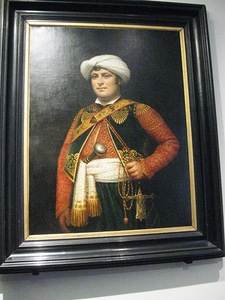Orientalism in painting: between cruelty and beauty (part 2) 0
|
|
|
In brief: The first source that revealed the beauty of the East for a European was the Bible. However, the crossing of the 18th and 19th century faced the break that encouraged painters to perceive a deeper meaning than the religious one in exotics; they tried to analyse actualities of the epoch and its issues. It may be stated that art of the 19th century is first of all the “silent” critic of the society that embodies the existential anxiety of the modern man visually. A painting had to shock an individual: a person as a passive observer disappears, his and the painter’s conscience merge. Therefore, orientalism, which reached the artistic apogee in the 19th century, did not stay indifferent to the sores of the time: abolitionism, nationalism, war propaganda and still remained high fashion of the time.
Kaunas M. Žilinskas Gallery exhibits a rather big number of oriental paintings in its collection.
|
|
|
In the article, the author continues exploring the theme of orientalism in artworks created in the 19th century by European and Lithuanian artists. He discusses portraits, battle paintings, odalisques, drawing parallels between works of Lithuanian painters, such as Juozapas Peška (1767–1831), Vincentas Smakauskas (1797–1876), Vladislovas Neveravičius (1814/15–1891) and European painters.
|
|
|








